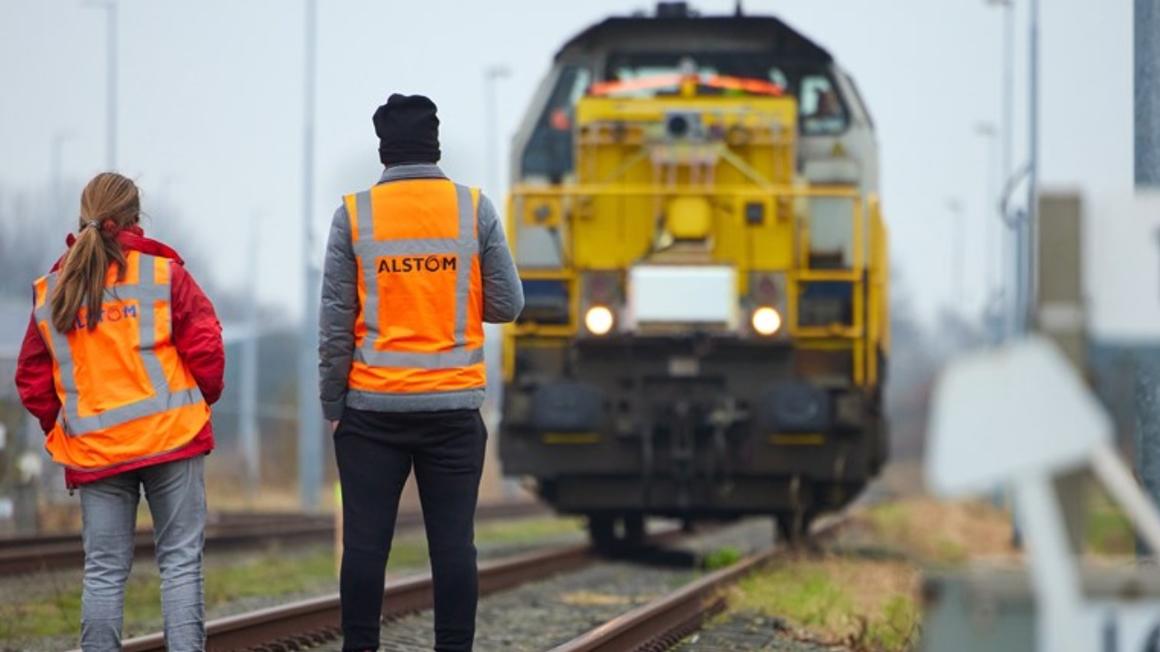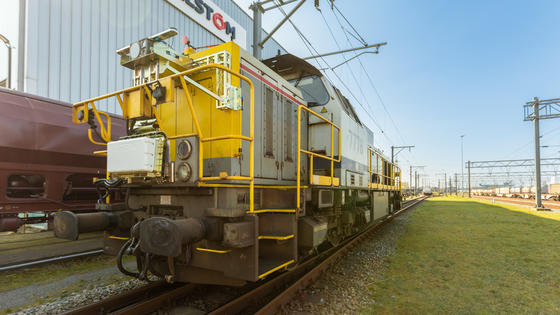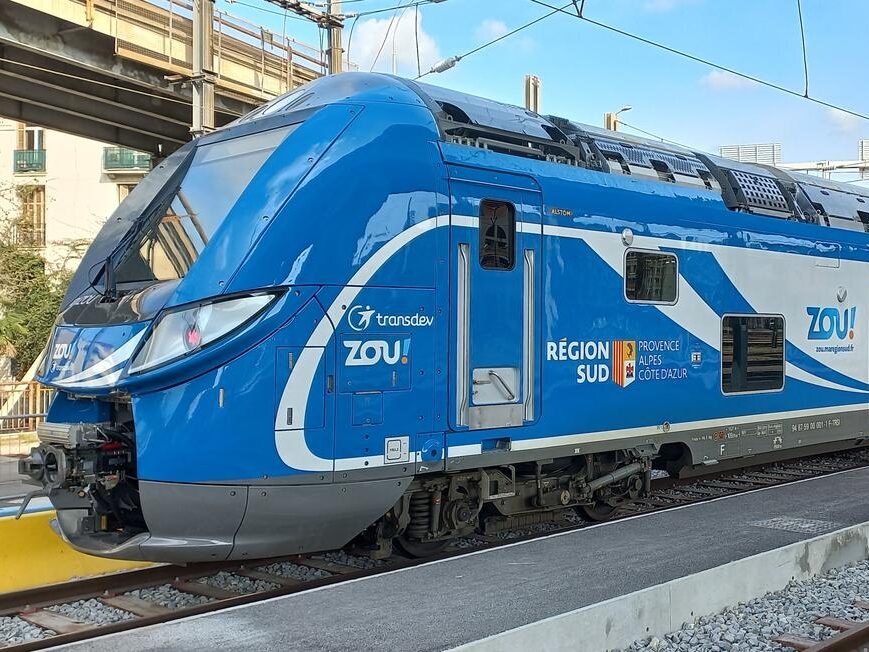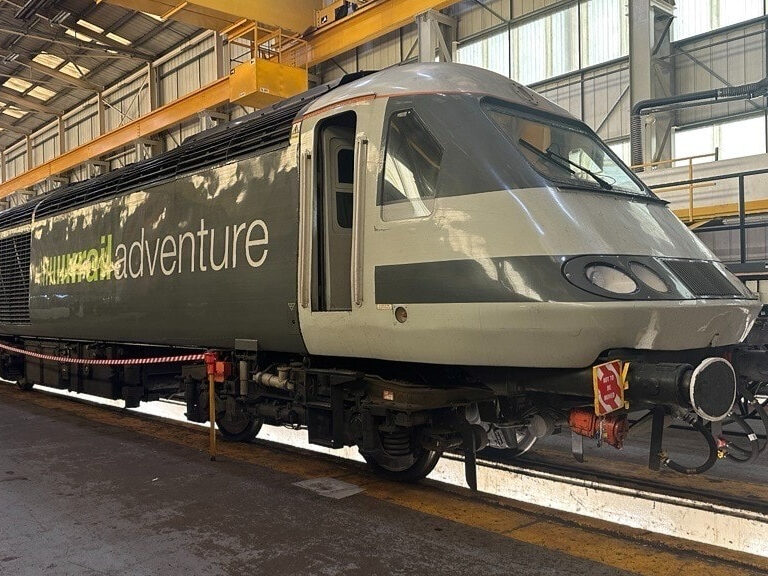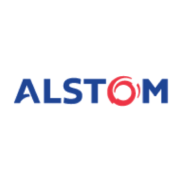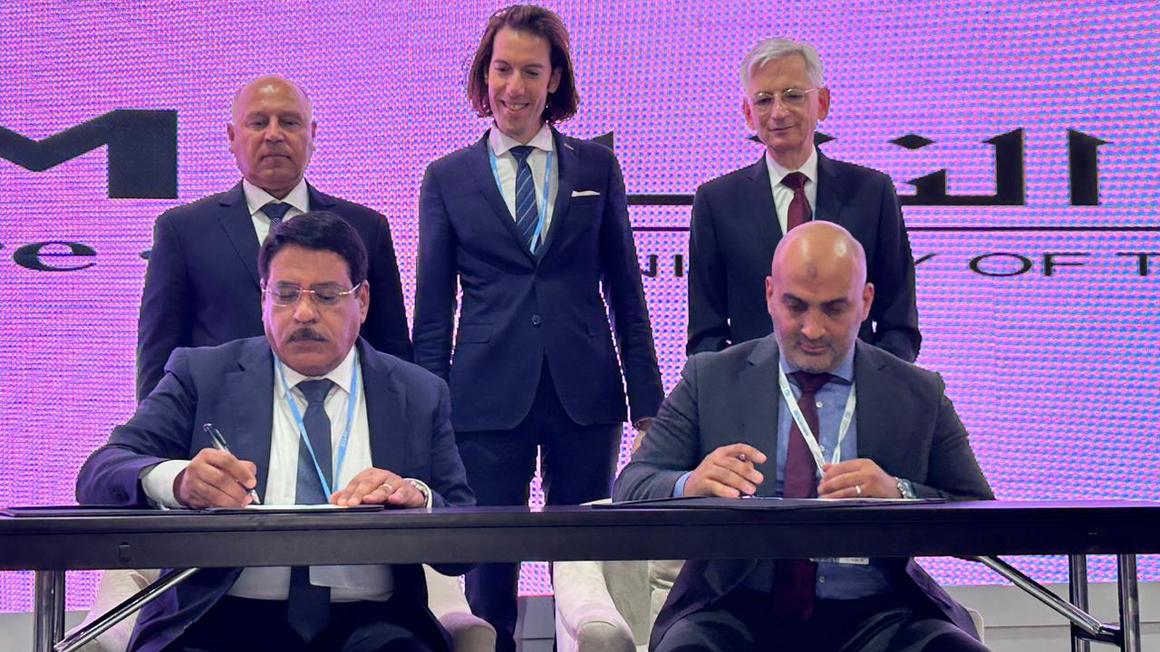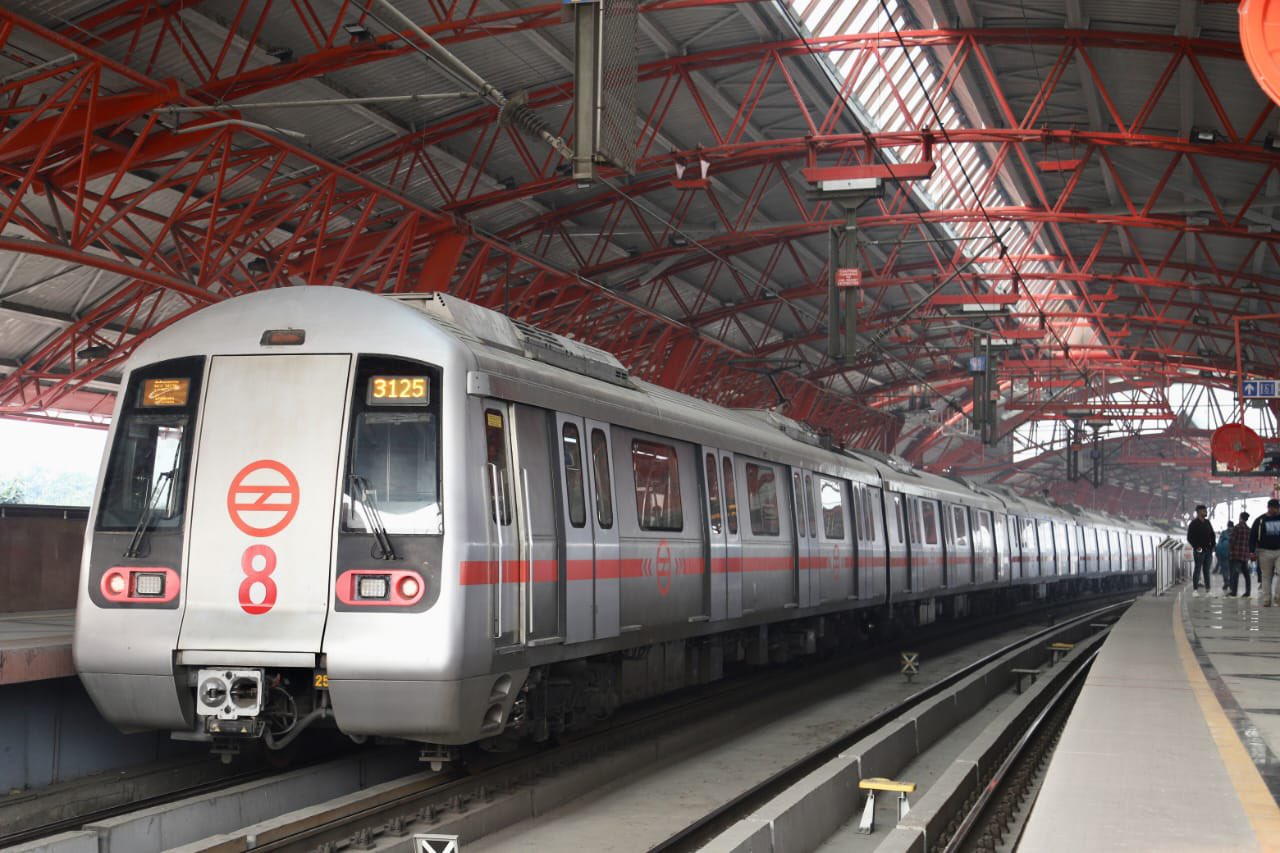In partnership with Dutch infrastructure manager, ProRail and Belgian rail freight operator, Lineas, Alstom has demonstrated the highest grade of automation on an autonomous shunting locomotive.
This demonstration was completed near Breda in the Netherlands to conclude a series of tests in an ongoing partnership between Alstom, ProRail and Lineas.
The project aimed to demonstrate how an intelligent obstacle detection and recognition system (ODS) can co-ordinate with Alstom’s automatic train operation (ATO) system to allow the train to operate autonomously.
The GoA4 grade of automation includes fully automated starting, driving and stopping, as well as the handling of unanticipated obstacles or events without the direct involvement of on-train staff.
This successful demonstration paves the way for the use of autonomous shunting to increase the capacity of freight operations.
Stéphane Féray-Beaumont, Vice-President of Innovation & Smart Mobility at Alstom said:By integrating advanced obstacle detection into our autonomous driving systems, we have shown that it is possible to make trains “see” ahead and cope safely with the unexpected. The positive results prove that Alstom possesses the technology required to support operators with autonomous driving technologies that will ultimately improve the operational performance on freight lines. Through digitalisation, we will accelerate the transition towards more efficient, seamless, and sustainable transport systems.
The demonstration used a diesel-hydraulic shunting locomotive owned by Lineas and equipped with Alstom’s ATO technology and ODS perception by NIART and Elta.
Throughout the locomotive’s autonomous operations, it was presented with various obstacles including a person, a car, a rail wagon and an incorrectly-positioned switch. The train then reacted entirely autonomously and without intervention.
The ODS perception proved to be effective up to 500 meters away from obstacles in real-world conditions.
NIART’s system is based on high-resolution digital radar and multi-spectral electro-optics powered by algorithms to detect and classify obstacles on the route in all weather and visibility conditions. This is a self-contained on-board solution that provides the ATO system with the necessary information to make autonomous driving decisions.

